Calculation example - Calculate the height of an object from three angles of elevation
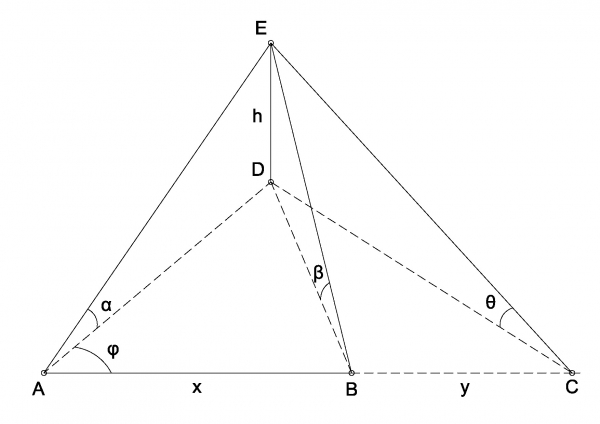
Contents [show]
Calculate the height of an object by measuring three angles of elevation only, from stations A, B and C on a straight level line to an inaccessible up-station D.
Known values:
Measured distances AB = x and BC = y.
Vertical angles α, β, θ measured at A, B and C respectively.
Solution: Height of object h.
From vertical triangles ADE, BDE and CDE:

Solving triangles ADB and ADC by the cosine rule:
In triangle ADB,

Same for triangle ADC,

Therefore:

And:


Selected Topics
Want to read more like this?
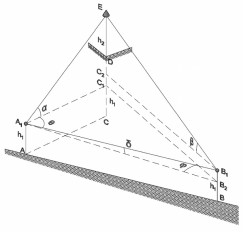
Calculation example - Calculate the height of an object when its base is inaccessible #4
Jun, 26, 2019 | EducationCalculate the height of an object from a baseline when its projected position to the ground is inacc...
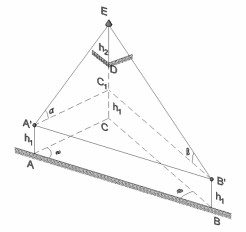
Calculation example - Calculate the height of an object when its base is inaccessible #2
Apr, 19, 2019 | EducationCalculate the height of an object from a baseline when its projected position to the ground is inacc...
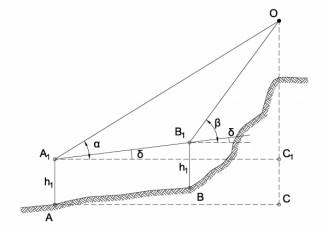
Calculation example - Calculate the height of an object when its base is inaccessible #3
Jun, 26, 2019 | EducationCalculate the height of an object from a baseline when its projected position to the ground is inacc...

Calculation example - Calculate the height of an object when its base is inaccessible
Apr, 19, 2019 | EducationCalculate the height of an object from a baseline when its projected position to the ground is inacc...
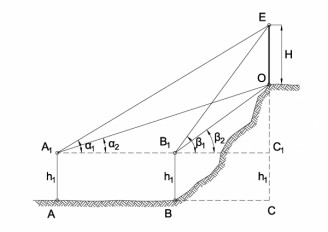
Calculation example - Calculate the height of an object when its top and bottom are visible but inaccessible
Jun, 26, 2019 | EducationCalculate the height of an object from a baseline when its top and bottom is visible but not accessi...

Calculation example - Calculate the height of an object when its top and bottom are visible but inaccessible #2
Oct, 18, 2019 | EducationCalculate the height of an object from a baseline when its top and bottom is visible but not accessi...

Calculation example – Calculate the height of a building
Sep, 22, 2017 | EducationCalculate the height of a building by observing its top from two ground points and measuring corresp...

Calculation example - Calculate inclined angle of a bend
Jan, 20, 2020 | EducationCalculate the inclined angle φ of a bend along a bended path. Known values: Horizontal angle...

Calculation example – Calculate the height of a building - 2
Mar, 19, 2019 | EducationCalculate the height of a building where the ground is sloping up or down from the observer. Know...
Trending

Calculation example - Three Point Resection

Calculation example - Determine the water content within a soil sample

Gauss's Area Calculation Formula

The history of the Golden Gate Bridge

Kallanai Dam (Grand Anicut)
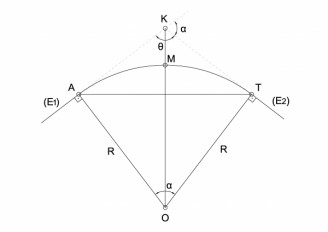
Calculation example – Road design– Circular arc implementation

Minoan Water Harvesting and Distribution (Terracotta Pipes)

